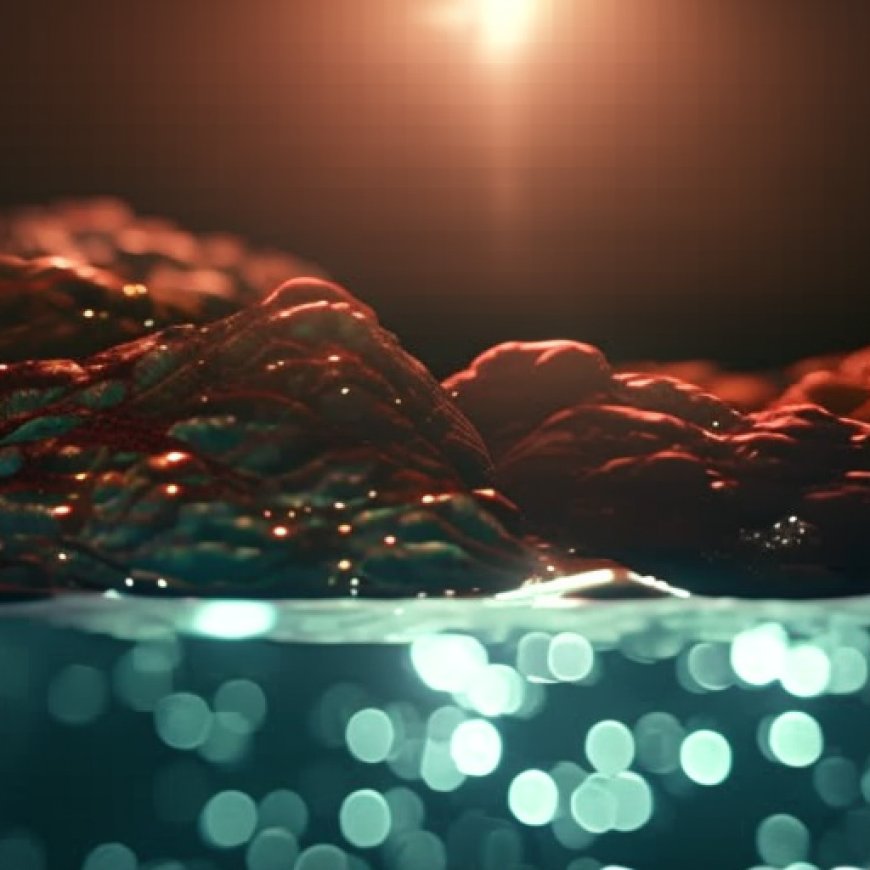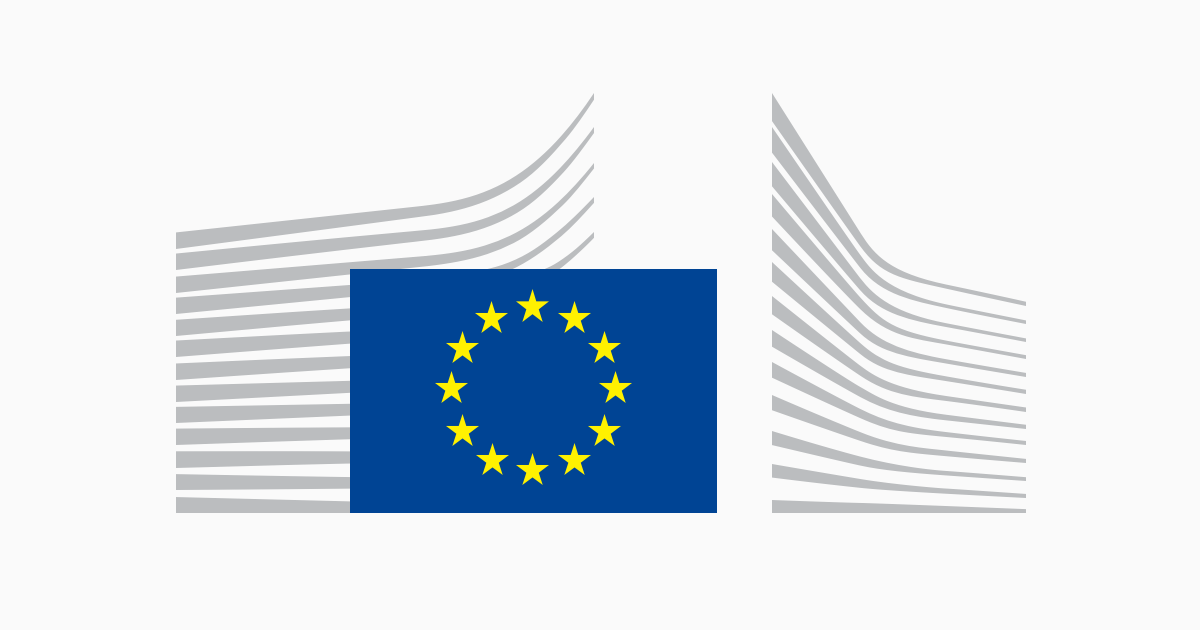Oceans and fisheries
Oceans and fisheries - European Commission European Union


Leveraging AI and Marine Biology to Promote Sustainable Water Management

BiOceanOr, a French start-up, is utilizing its expertise in artificial intelligence (AI) and marine biology to address water quality management and promote sustainable practices. Their innovative service, AquaREAL, leverages AI technologies to predict water quality.
The Importance of Sustainable Development Goals (SDGs)
The Sustainable Development Goals (SDGs) are a set of global goals established by the United Nations to achieve a more sustainable future for all. BiOceanOr’s work aligns with several SDGs, including:
- SDG 6: Clean Water and Sanitation
- SDG 14: Life Below Water
- SDG 15: Life on Land
AquaREAL: Predicting Water Quality
AquaREAL is a unique service developed by BiOceanOr that utilizes AI technologies to predict water quality. By analyzing data from various sources, such as satellite imagery, sensors, and historical data, AquaREAL can provide accurate predictions on the quality of water bodies.
This predictive capability is crucial for effective water management and promoting sustainable practices. It allows stakeholders, such as water authorities, environmental agencies, and industries, to make informed decisions regarding water usage, pollution prevention, and conservation efforts.
Benefits of AquaREAL
The utilization of AquaREAL offers several benefits:
- Early detection of water quality issues, enabling prompt action to mitigate potential risks.
- Improved water resource management, ensuring sustainable and efficient use of water.
- Enhanced environmental monitoring, facilitating the protection and preservation of aquatic ecosystems.
- Support for decision-making processes related to water usage and pollution prevention.
Contributing to the SDGs
BiOceanOr’s AquaREAL service contributes to the achievement of the following SDGs:
- SDG 6: Clean Water and Sanitation – By providing accurate predictions on water quality, AquaREAL supports efforts towards ensuring clean and accessible water for all.
- SDG 14: Life Below Water – AquaREAL aids in the protection and conservation of marine ecosystems, contributing to the sustainable use of oceans and marine resources.
- SDG 15: Life on Land – The service’s ability to monitor and predict water quality helps preserve terrestrial ecosystems and biodiversity.
In conclusion, BiOceanOr’s innovative use of AI and marine biology through AquaREAL demonstrates how technology can contribute to sustainable water management. By aligning with the SDGs, their work promotes the achievement of a more sustainable and resilient future for our planet.
SDGs, Targets, and Indicators
1. Which SDGs are addressed or connected to the issues highlighted in the article?
- SDG 6: Clean Water and Sanitation
- SDG 14: Life Below Water
The article discusses how BiOceanOr, a French start-up, is using AI technologies to manage water quality and promote sustainable practices. This directly relates to SDG 6, which aims to ensure availability and sustainable management of water and sanitation for all. Additionally, the focus on marine biology and the prediction of water quality connects to SDG 14, which aims to conserve and sustainably use the oceans, seas, and marine resources.
2. What specific targets under those SDGs can be identified based on the article’s content?
- SDG 6.3: By 2030, improve water quality by reducing pollution, eliminating dumping and minimizing release of hazardous chemicals and materials.
- SDG 14.1: By 2025, prevent and significantly reduce marine pollution of all kinds, particularly from land-based activities, including marine debris and nutrient pollution.
The article highlights how BiOceanOr’s AI technology, AquaREAL, predicts water quality. By providing accurate predictions, it helps in managing water quality and reducing pollution. This aligns with SDG 6.3, which aims to improve water quality by reducing pollution. Additionally, by monitoring and managing water quality, BiOceanOr’s technology contributes to preventing marine pollution, supporting SDG 14.1.
3. Are there any indicators mentioned or implied in the article that can be used to measure progress towards the identified targets?
Yes, the article mentions that BiOceanOr has developed AquaREAL, a unique service predicting water quality. This indicates that the accuracy and effectiveness of AquaREAL can be used as an indicator to measure progress towards improving water quality (SDG 6.3) and preventing marine pollution (SDG 14.1).
4. Table: SDGs, Targets, and Indicators
| SDGs | Targets | Indicators |
|---|---|---|
| SDG 6: Clean Water and Sanitation | 6.3: By 2030, improve water quality by reducing pollution, eliminating dumping and minimizing release of hazardous chemicals and materials. | Development and effectiveness of AquaREAL in predicting water quality. |
| SDG 14: Life Below Water | 14.1: By 2025, prevent and significantly reduce marine pollution of all kinds, particularly from land-based activities, including marine debris and nutrient pollution. | Development and effectiveness of AquaREAL in preventing marine pollution. |
Copyright: Dive into this article, curated with care by SDG Investors Inc. Our advanced AI technology searches through vast amounts of data to spotlight how we are all moving forward with the Sustainable Development Goals. While we own the rights to this content, we invite you to share it to help spread knowledge and spark action on the SDGs.
Fuente: oceans-and-fisheries.ec.europa.eu

Join us, as fellow seekers of change, on a transformative journey at https://sdgtalks.ai/welcome, where you can become a member and actively contribute to shaping a brighter future.







